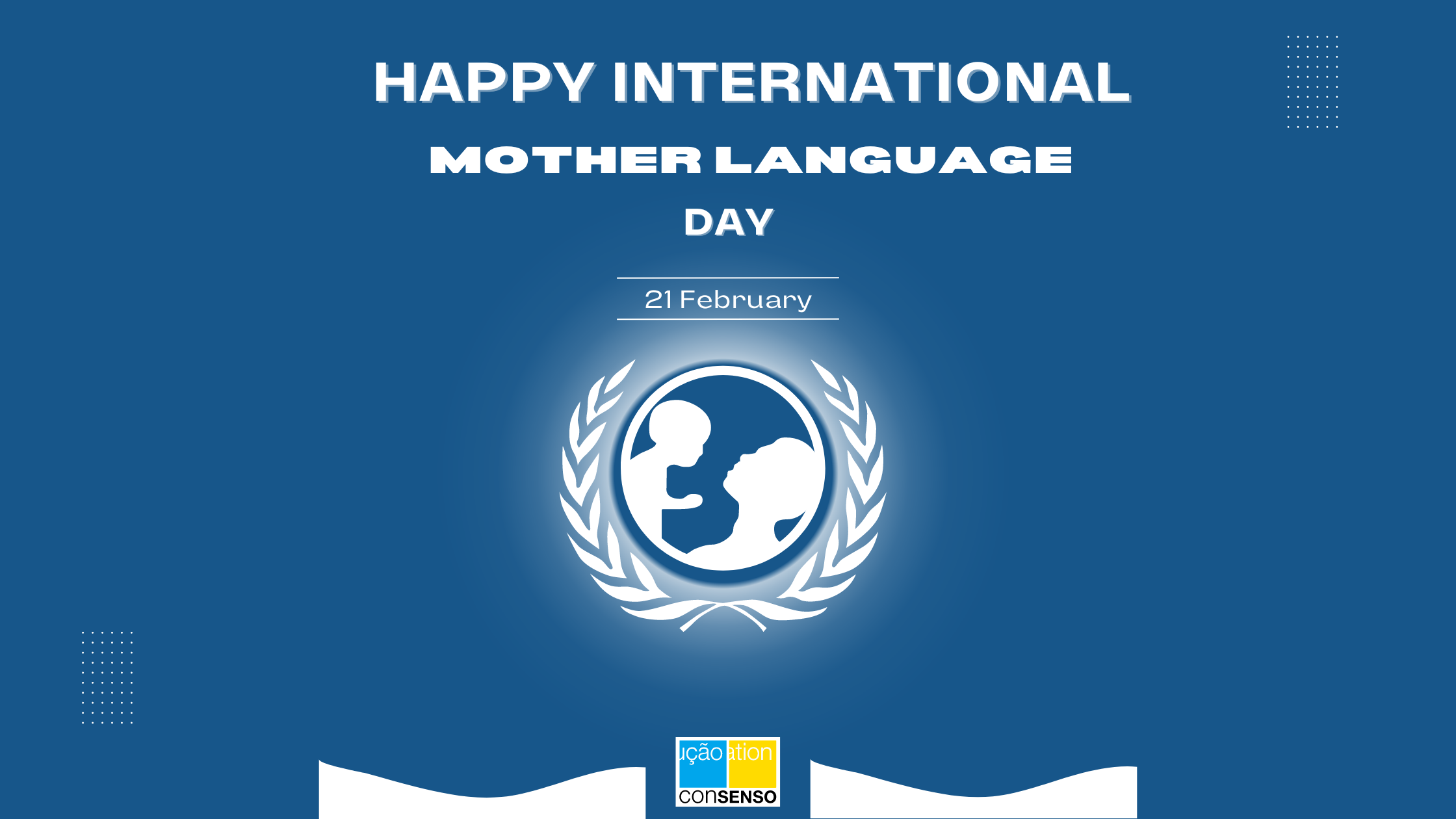The Many Shades of Love: Understanding Emotion Through Language on Mother Tongue Day

In the rich tapestry of human emotion, love holds a place of universal significance, yet its expression is as varied as the languages we speak. On Mother Tongue Day, we delve into the intricate ways emotions, particularly love, are expressed across cultures, focusing on the nuances within Portuguese (Portugal), Portuguese (Brazil), and Spanish. This exploration underscores the profound importance of localization – not just in translation, but in understanding the depth of human feeling.
Love and Its Many Expressions
At first glance, the sentence “I love my car, I love my children, I love my mother, I love my wife” seems straightforward. However, when translated into Portuguese and Spanish, the depth of love’s expression reveals complex cultural and linguistic layers.
Portuguese (Portugal)
In Portugal, love is often distinguished by the context it’s used in, revealing the layered nature of emotional expression:
– “Adoro o meu carro” is preferred for objects, using “adorar” to imply a strong liking rather than the deep affection reserved for people.
– “Amo os meus filhos” and “Amo a minha mãe” traditionally use “amar,” reflecting a profound, unconditional love. Interestingly, in some contexts, “amar” might sound too intense, too affectionate and “adorar” is used instead, not diminishing but potentially intensifying the emotional expression. This flexibility illustrates the language’s capacity to convey deep affection in multiple ways, depending on the speaker’s relationship with the subject and cultural norms.
– The love for a spouse, “Amo a minha esposa,” also uses “amar,” denoting deep emotional attachment and commitment.
Portuguese (Brazil)
Brazilian Portuguese, while similar, often carries a warmer, more open expression of emotions:
– “Eu amo meu carro” can be used, though it’s more common to express strong interest or preference for objects with “adorar.”
– “Amo meus filhos” and “Amo minha mãe” are expressions of deep, intrinsic love, as in Portugal.
– “Amo minha esposa” conveys a deep, passionate love, with “amar” encompassing a wide spectrum of emotional depth.
Brazilian Portuguese tends to use “amar” more freely and broadly than European Portuguese. This difference highlights not just linguistic variations but also cultural attitudes towards expressing emotions.
In Brazil, “amar” is used in a wide range of contexts, not only to express deep affection towards family members or a spouse but also towards friends, activities, and even objects, in some cases. This liberal use of “amar” reflects a cultural openness and warmth in expressing feelings. Brazilians are known for their expressive and affectionate nature, which is mirrored in their flexible use of language to convey love and appreciation.
For example, it’s not uncommon for a Brazilian to say “eu amo viajar” (I love traveling) or “eu amo esse filme” (I love this movie), using “amar” to express strong enthusiasm or preference. This contrasts with the more reserved use of “amar” in Portugal, where such feelings might instead be expressed with “gostar muito” (to like a lot) or “adorar.”
Spanish
Spanish, spoken across various countries, showcases its own distinctions:
– “Me encanta mi coche” is used for objects, where “encantar” is similar to “adorar” in Portuguese, indicating a high level of enjoyment.
– “Amo a mis hijos” and “Amo a mi madre” demonstrate a deep, unconditional love.
– For a spouse, “Amo a mi esposa” is used, similar to Portuguese, emphasizing a profound, lifelong commitment.
Catalan
Catalan is spoken mainly in the region of Catalonia, located in north-east Spain, and in some other regions, such as some areas in the Valencian Country and some in Aragon, the Balearic Islands, Andorra or the Sardinian city of Alghero, among others.
When expressing emotion, affection and love, Catalan is similar to Spanish, even though the verb “estimar”, which would be “to love”, is much more popular than the form “amar”, also possible. Even if that seems like a simple verb, it manifests the deepest feelings people have inside, since it is a very powerful and intimate word.
– Estimo la meva mare, estimo els meus fills.
– “T’estimo” is a very short yet profoundly full of love expression.
In this sentence, what makes it special is that, as opposed to English but in similarity to most romance languages, the subject is not always expressed, so that gives the importance to the person receiving the love in the other end, expressing it with the “t‘” in the case of Catalan (the same in “te” in Spanish or “ti” in Italian).
The Importance of Localization
This linguistic journey reveals more than the mere translation of words; it uncovers the cultural essence and emotional weight that each term carries. Localization plays a crucial role in accurately conveying these nuances, ensuring that the depth of feeling is preserved across languages. Whether it’s affection for a cherished object or the deep, unwavering love for family, understanding these distinctions is essential for effective communication and cultural appreciation.
In celebrating Mother Tongue Day, we recognize the power of language not only to communicate but to connect, to express our deepest emotions, and to bridge cultural divides. The way we express love in different languages teaches us more than grammar and vocabulary; it offers insights into the heart of a culture, reminding us that while love is a universal language, its expressions are beautifully diverse.



